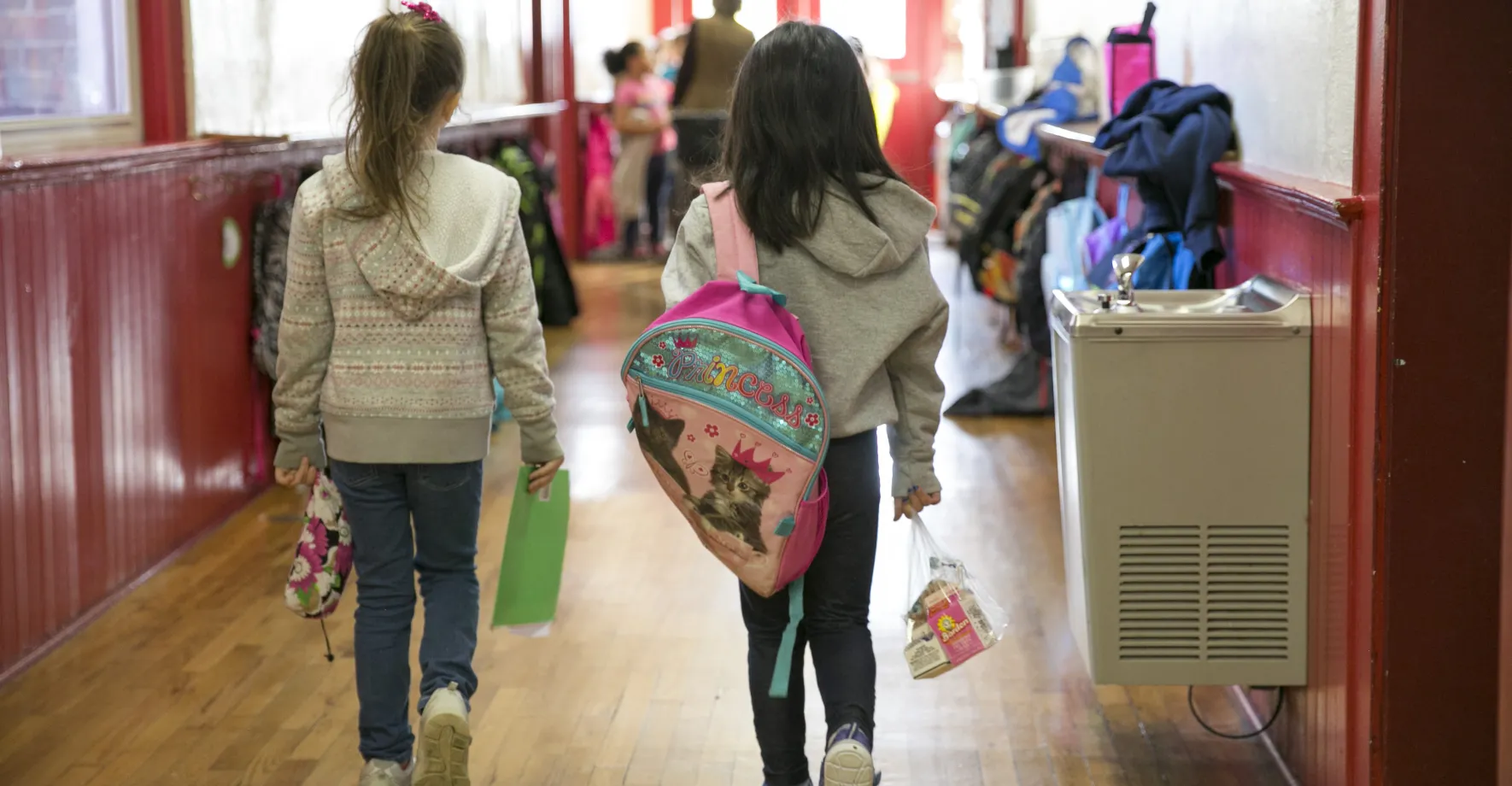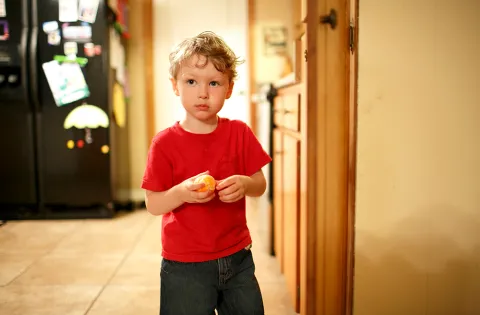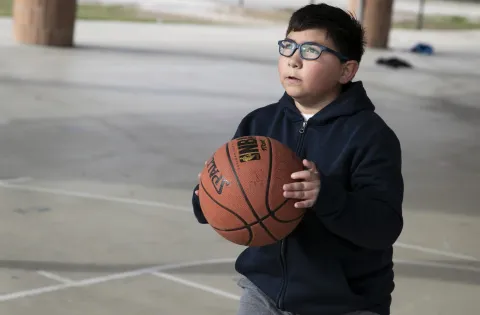Today, the Senate voted to confirm Tom Vilsack as the next U.S. Secretary of Agriculture. The U.S. Department of Agriculture (USDA) plays a critical role in making sure kids get the nutrition they need to grow and thrive. Here are five things you should know about the USDA and its role in ending child hunger.

- Many food and nutrition policies that help hungry kids fall within the USDA's scope of work.
In his role as Secretary, Vilsack will oversee 17 separate agencies which oversee everything from farming and forestry to natural resources and rural development, to food and nutrition. Among these is the Food and Nutrition Services (FNS) agency, which focuses on nutrition programs that help Americans of all ages, from infants to the elderly.
- SNAP is a program of the USDA.
The Supplemental Nutrition Assistance Program, or SNAP, is one of our nation’s most effective anti-hunger programs. SNAP helps to supplement family grocery budgets and has been especially critical during the COVID-19 pandemic because it helps families purchase more of the food their children need when they need it.
- School meals like breakfast, lunch and afterschool snacks are administered through the USDA.
Nutrition is as critical to learning as textbooks and pencils, and school meals programs help ensure kids facing hunger get the nutrition they need to excel in the classroom. During the COVID-19 pandemic, the USDA played a key role in providing schools the flexibility they needed to continue feeding kids while schools were closed or operating hybrid learning models.
- Summer meals are funded through the USDA.
Summer has traditionally been one of the hungriest times of year for kids when schools close and school meals are no longer available. The Summer Food Service Program is a federally funded program that’s administered by individual states that helps get kids the nutrition they need when school is out of session.
- The USDA conducts the research and collects the data that drive much of our work.
The USDA releases an annual report that analyzes national food insecurity rates. Before the pandemic hit, the USDA reported the lowest rates of food insecurity in our country since 1998. As the pandemic rages on, 1 in 4 kids could now face hunger. It also tracks SNAP data, provides dietary guidelines, and provides nutrition education to help families make healthy food decisions.
As we work to recover from the COVID crisis, we must ensure all kids have the opportunity to be safe and nourished, and to live up to their full potential. We look forward to working in partnership with Secretary Vilsack and the USDA to address our nation’s hunger crisis. Learn more about the policies we’re prioritizing to achieve this.


